Prime Epcot

When I am in a photography funk and want to challenge myself, I take my favorite zoom lens off my camera and put on my Nikon 50mm f/1.8 prime lens. What I call the Nifty-Fifty. I did this for a day at Epcot and came away with some of the best photos I have taken there.
Prime lenses are fixed focal length, tend to be sharper than zoom lenses and have a larger aperture range. The aperture range allows for extreme selective focus by using it wide open like on this lovely flower I found near Spaceship Earth.

Blue flower near Spaceship Earth.
Nikon D700/50mm, 1/640s, f/1.8, ISO 200, EV +0.3.
Without the ability to zoom in with the lens, I had to “zoom” with my feet. During a performance of the Spirit of America Fife and Drum Corps in front of the American Adventure, I walked up and photographed the Fife player from three feet away. I did this quickly as I knew others were photographing the performance with their zoom lenses.

Fife player in front of the American Adventure.
Nikon D700/50mm, 1/250s, f/11, ISO 200, EV +0.3.
Another place I had to move in close was at Germany’s Karamell-Küche shop where I found these scrumptious chocolate covered strawberries with Werther’s Original Caramel wrapped around them.

Chocolate Strawberries in Germany’s Karamell-Küche shop.
Nikon D700/50mm, 1/60s, f/2.8, ISO 200, EV +0.3.
Prime lenses are your best bet when it comes to dark rides like the Gran Fiesta Tour inside Epcot’s Mexico pavilion. Here I photographed Donald Duck photographing me during the relaxing boat ride.

Donald Duck is one of the stars of the Gran Fiesta Tour.
Nikon D700/50mm, 1/60s, f/1.8, ISO 640, EV +0.3.
I switched to Shutter Priority mode while watching the Matsuriza, the Taiko Drummers, in Japan to show the motion of the entertainer’s arms and drum sticks. I could not get as close as I did for the Fife player so I used leading lines to draw viewers to the drum and drummers.

Taiko Drummers performing at Japan.
Nikon D700/50mm, 1/20s, f/14, ISO 200, EV +0.3.
As you can see, prime lenses will challenge you and make you think before pressing the shutter. If you have used a prime lens at a Disney themepark, let me know your thoughts.



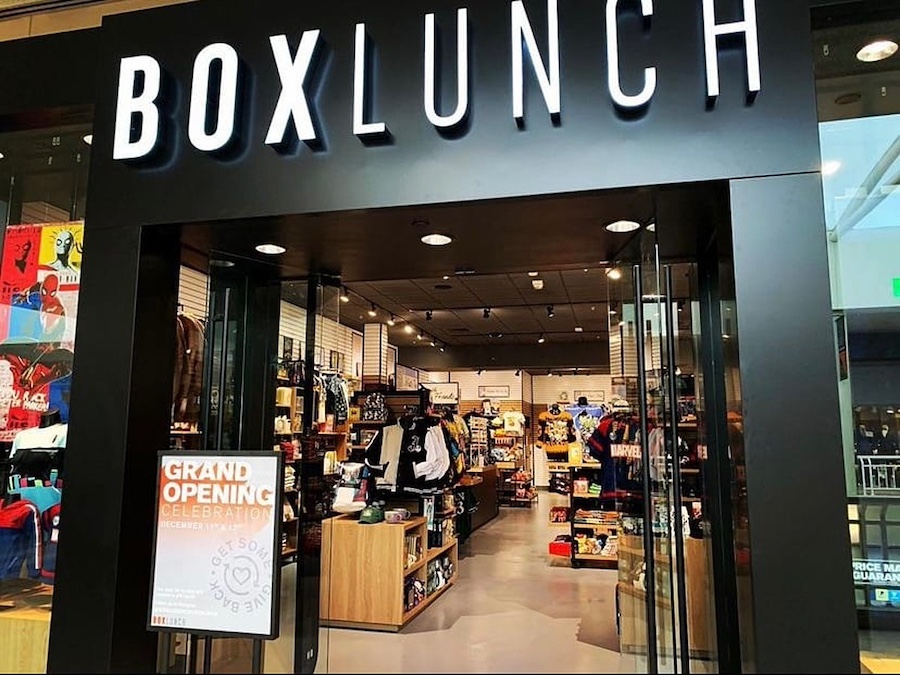


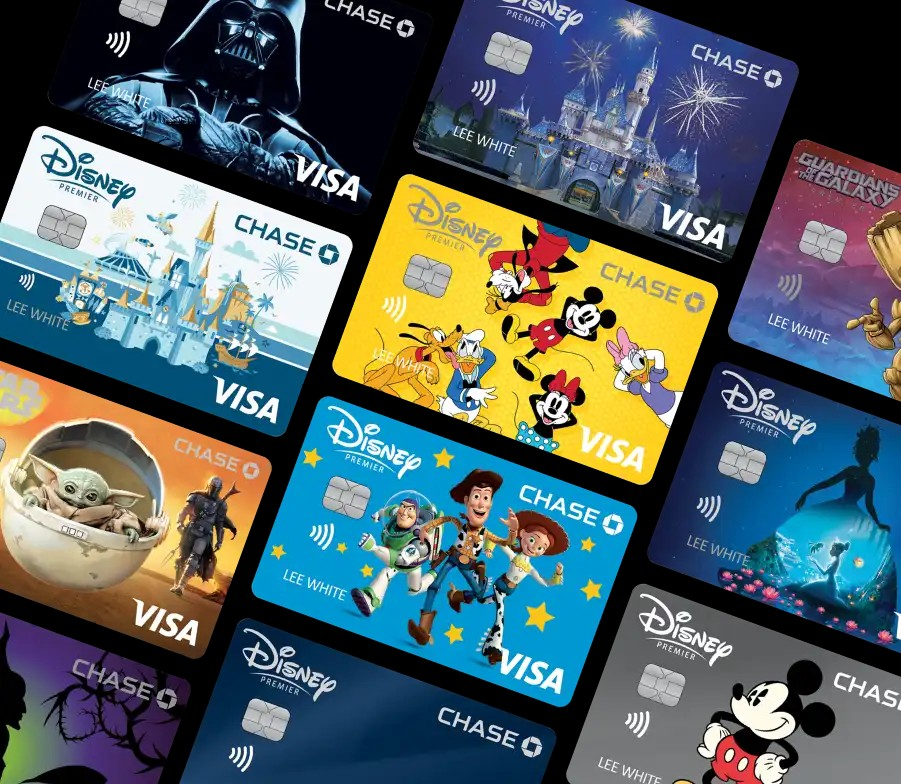
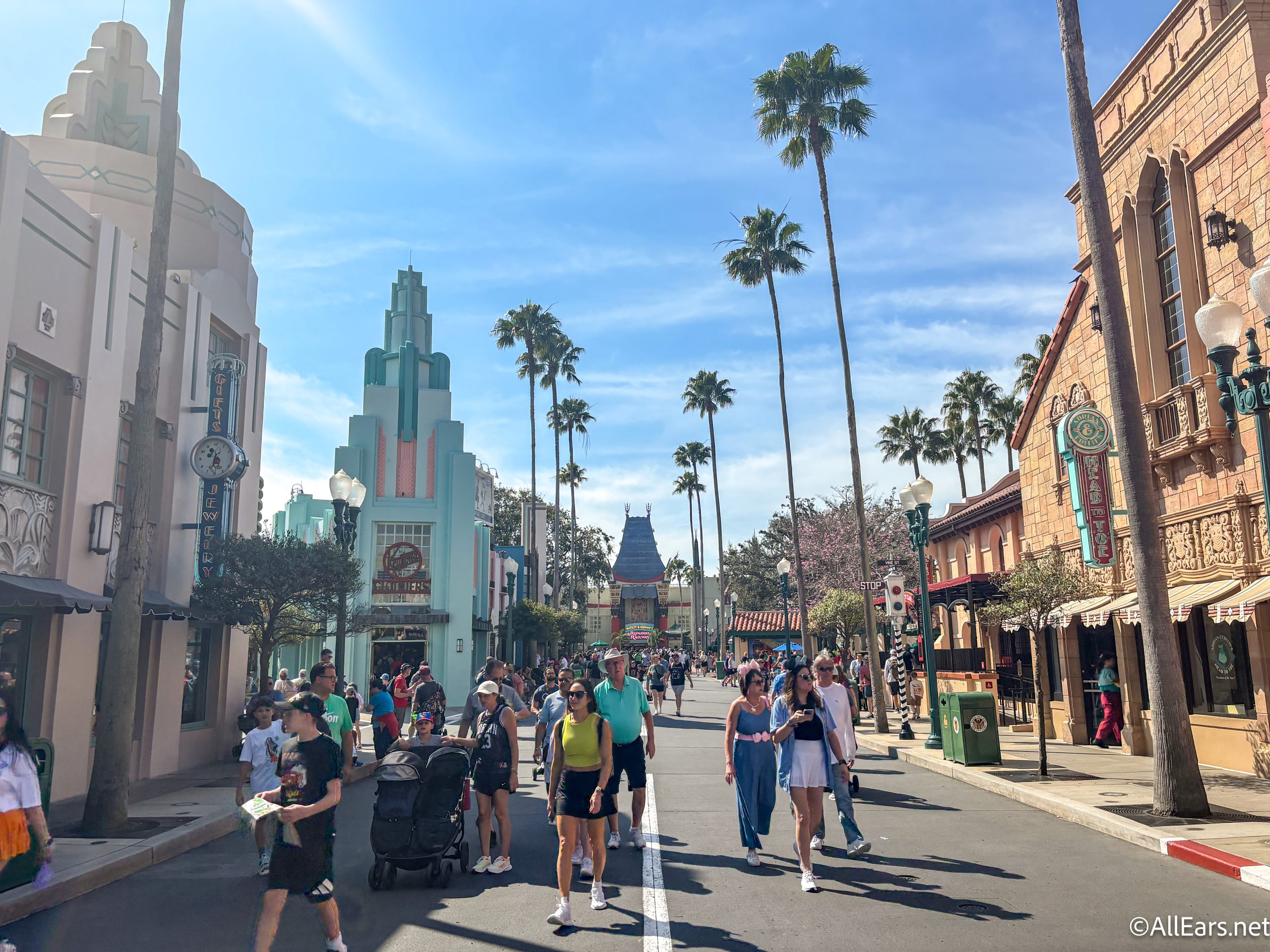
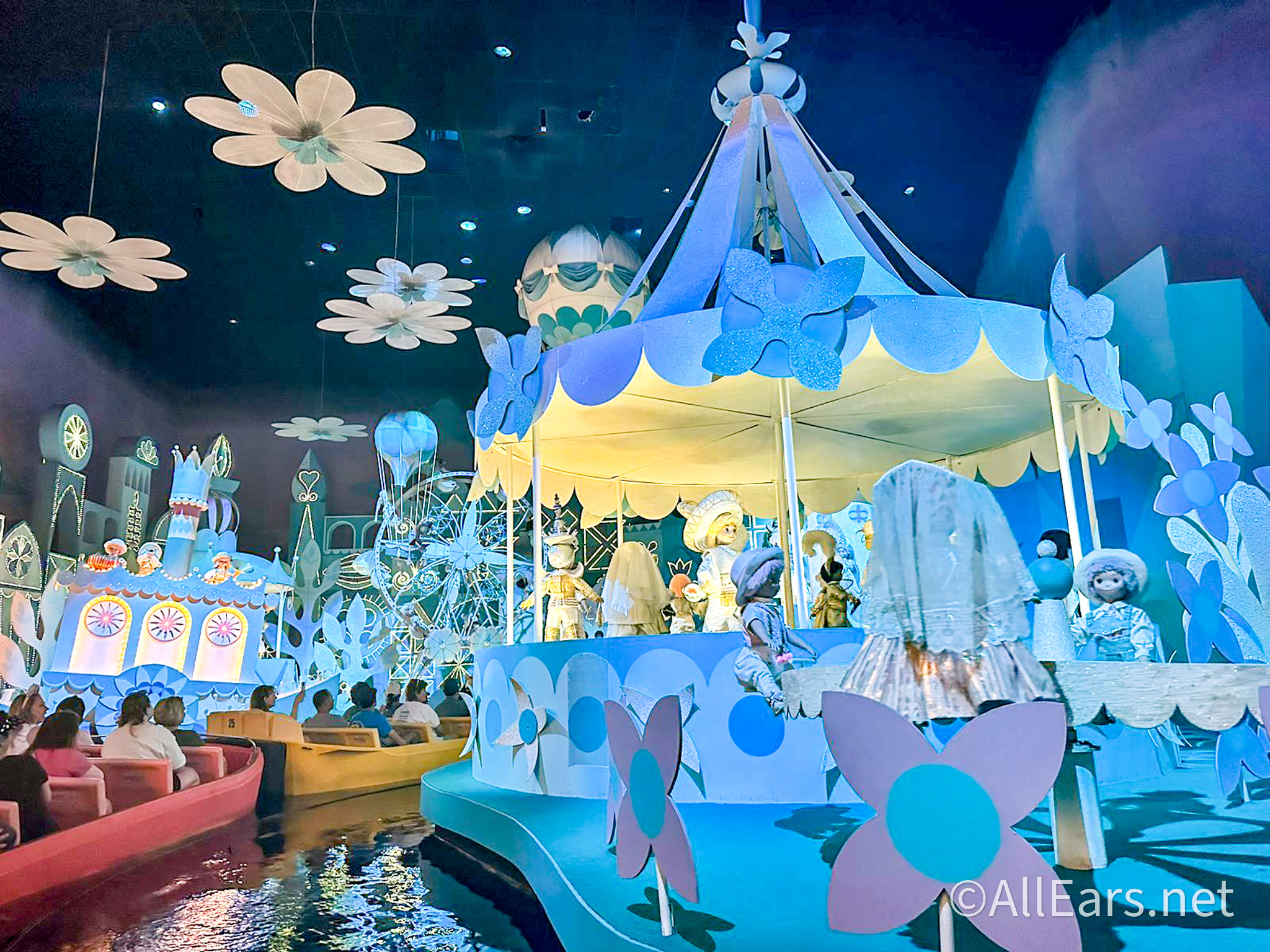


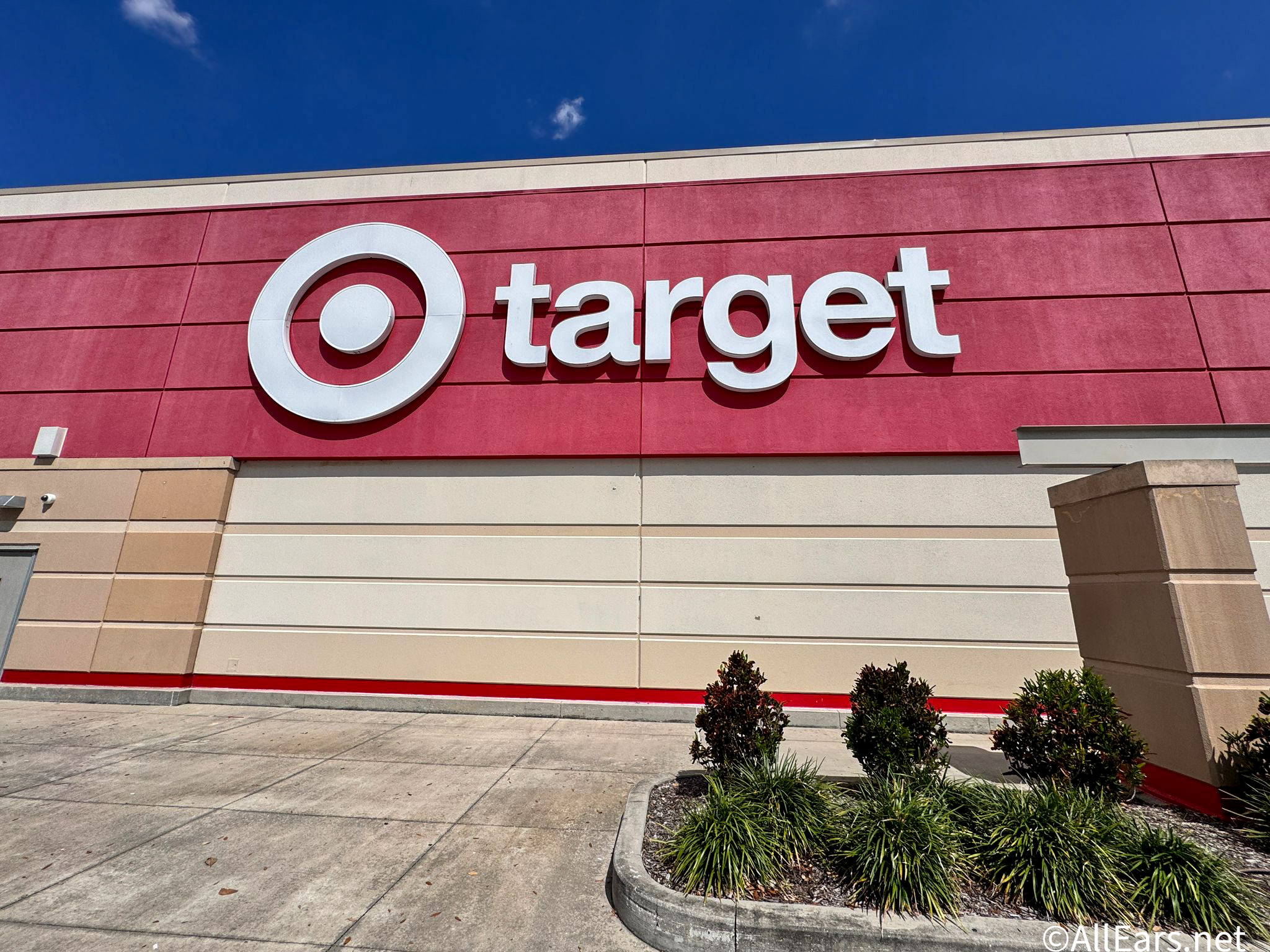

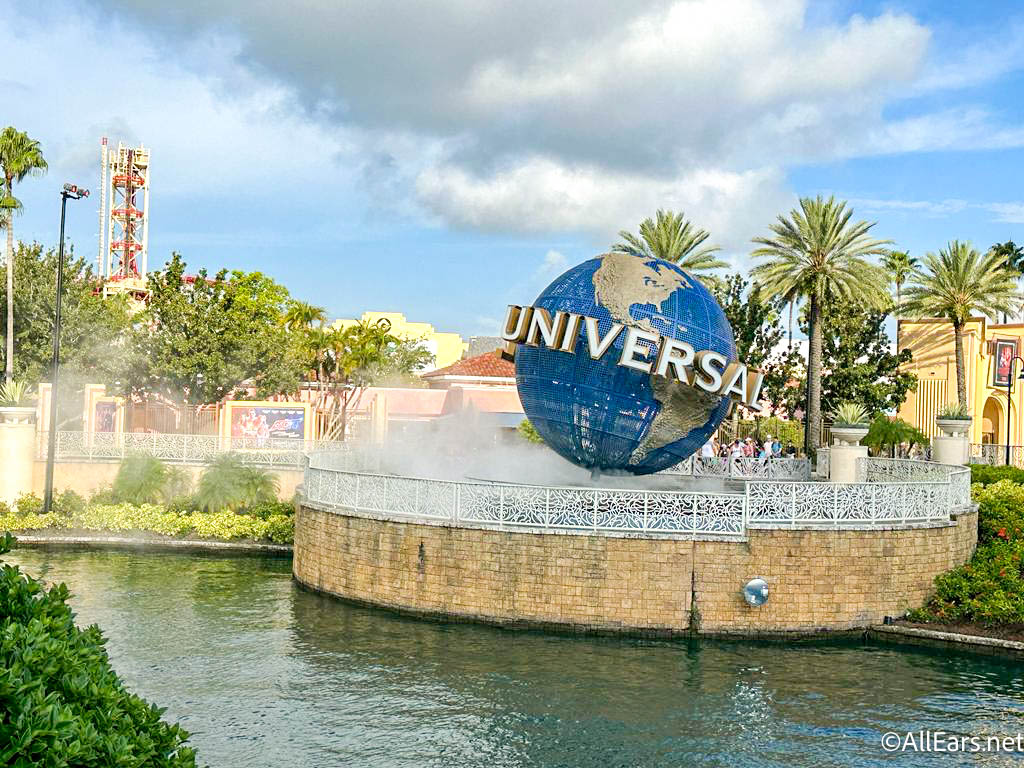


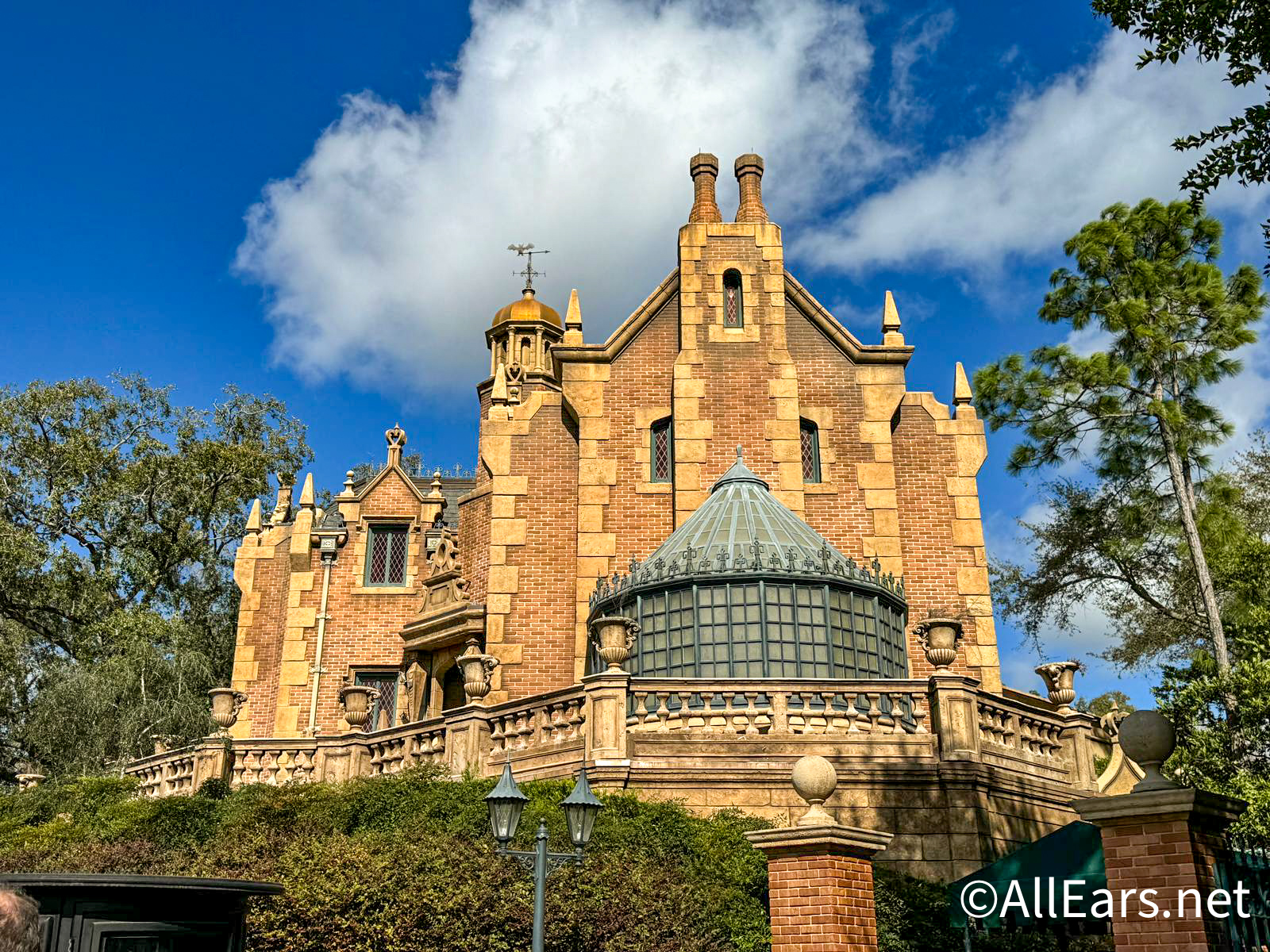
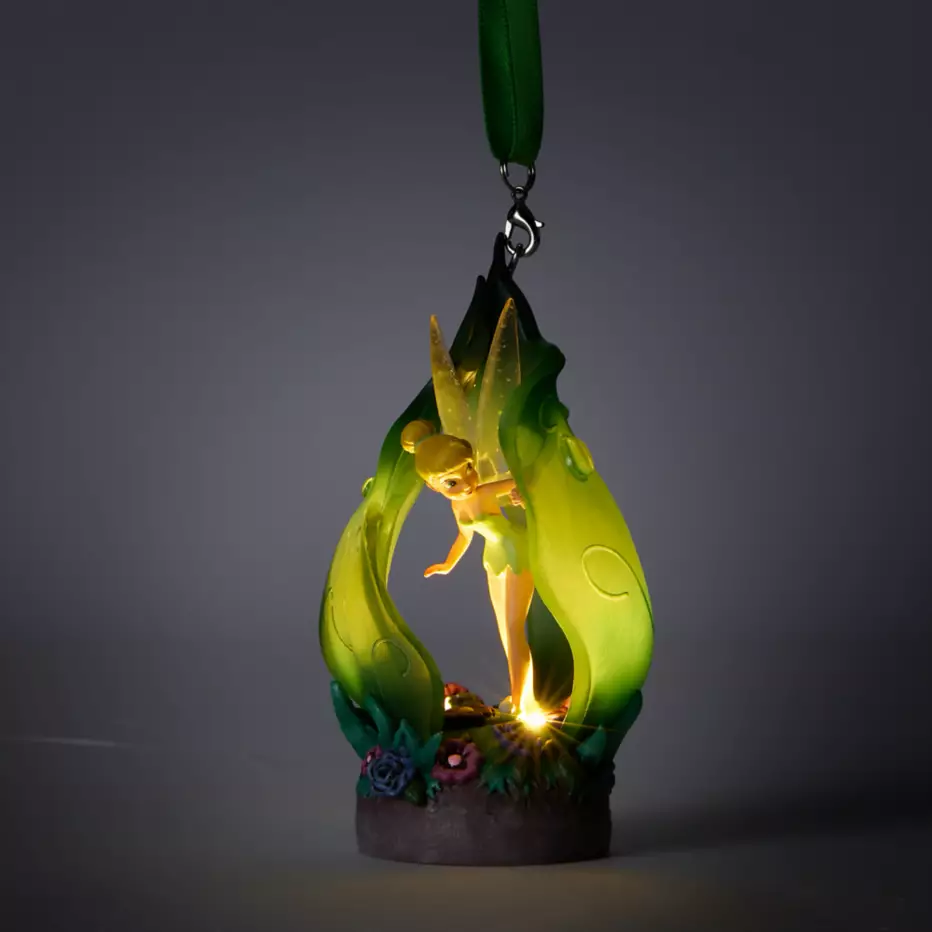

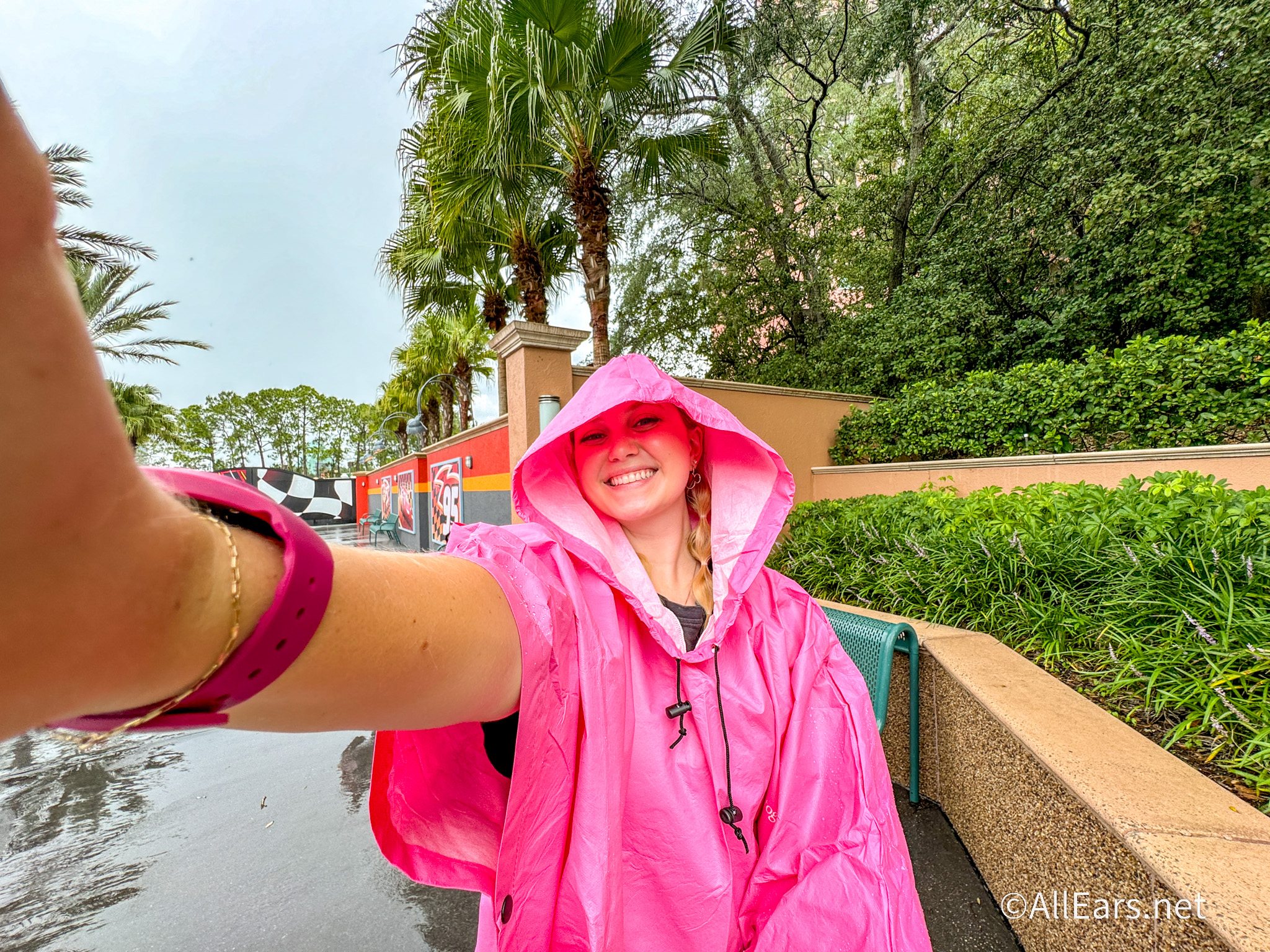
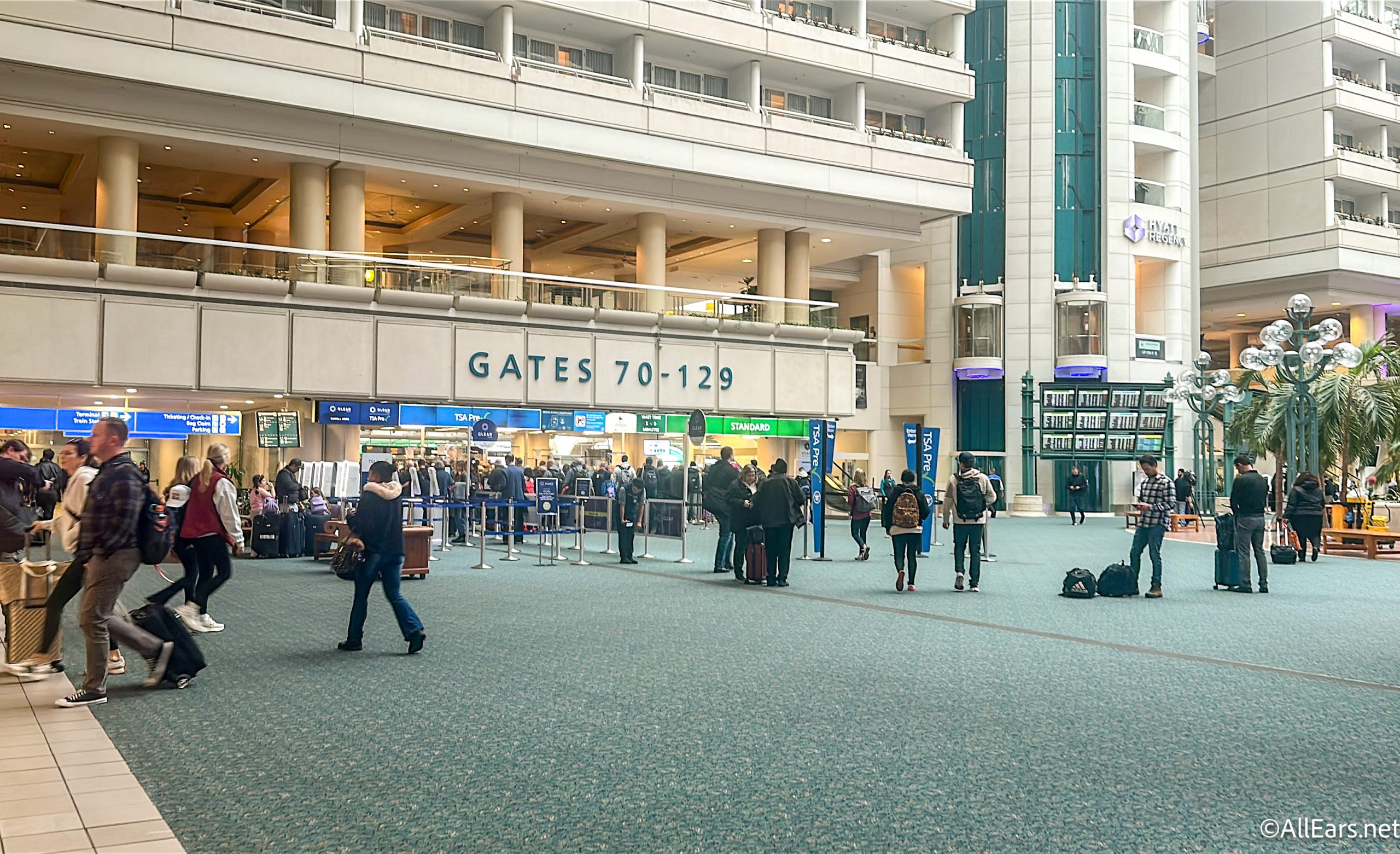

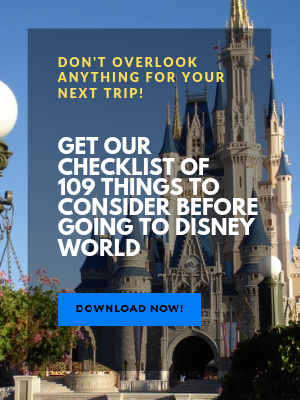
Hi Scott,
I like your photos! I have an old (40+? year-old) Konica film camera that I got from my dad years ago, and used to use it waaay back when I was in high school/college. It has a 50mm lens on it, and something about your photos here actually reminds me of the pics I used to take with that camera. I’ve long since switched to digital point-and-shoot cameras, but every time I hear you talk about the 50mm lens, I wonder if I should try to find the battery it takes and fire up the old Konica. Do you ever use any vintage equipment?
Keep on photographing,
Diane
Scott replies: Thank you for your comment, Diane! I have an old Minolta film SLR I got as a gift back in high school. I have not used it since I switched to a digital SLR. These photos would look very much what I would get with my old camera using Velvia film stuck at ISO 50. I much prefer the options digital photography allows.
Hi Scott,
Great photos!
I recall back in the ancient days of 35 mm film cameras, the 50 mm to 55 mm fixed focal length lens was considered the ‘normal lens’ that approximated the typical view angle of the unaided human eye. I also sort of recall reading something about how with digital cameras, the focal length of a ‘normal lens’ is now a function of the size of the optic sensor where all those megapixels reside. Is this correct and if so, do you know what that function is?
Scott replies: Ah, those ancient days were what about 10 years ago? Maybe less.
What you are referring to is called the Crop Factor. If the digital camera sensor is smaller than the old 35mm film cameras, the camera would have a crop factor. I talked about it here (you will have to copy and paste this link into your browser): http://land.allears.net/blogs/photoblog/2008/01/picture_this_mailbag_allears_p.html
I use a full frame digital camera which has no crop factor so the 50mm (aka Normal) lens works as it did on a 35mm film camera.
I always carry my 50mm f/1.4 when I take my Digital SLR into the parks, as it takes far better pictures than my zoom lens. I almost always use it for portraits, which can be tricky because of how far back you have to stand to get everything you want in the frame. But all my favorite personal photos were taken with that lens, even when I had to wait for people to get out of my shot.
Scott replies: Oh, an 50mm f/1.4! A stop faster and much more expensive than the f/1.8 versions. Many photographers like to use it for dark rides just for that reason.